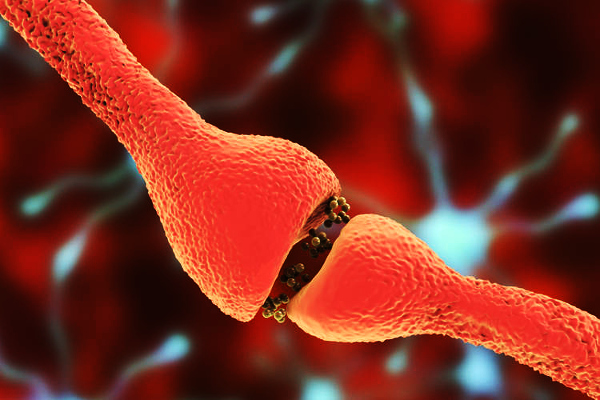Drugs can be delivered in various ways such as orally or through injections depending on their intended action. But sometimes drugs administered this way may result in side effects as well. In order to minimise side effects, scientists have been exploring ways in which drugs can be delivered with greater precision.
Now Indian scientists have developed a new nanotechnology-based drug which can be administered through nose. They have found that when neuropathic drugs are encapsulated in nanoparticles and transported via nasal route they can be more effective in curing nerve related pains.
Neuropathic pain is often escalating pain that occurs due to injury or lesions in nerves. It can arise randomly and can last for minutes to days. This pain is often experienced by individuals suffering from arthritis, multiple sclerosis, diabetes, spondylitis and those who have undergone chemotherapy for cancer.
Lamotrigine, commonly used drug to relieve neuropathic pain, has many side-effects like skin rashes when taken orally, besides having low retention in its target organ – brain.
Researchers recommend delivering such drugs via nasal route over oral route or injections to avoid side effects. However, poor permeability of drugs across nasal layer is a major issue in delivering drugs via this route. A group of Indian researchers has now found a solution to this problem.
Scientists first developed a nano drug formulation by precipitating lamotrigine with Poly lactic-co-glycolic acid (PLGA) polymer. The polymer was used as it slowly releases the encapsulated drug.
For comparing the efficacy of this nano-drug formulation as well as aqueous solution of the drug in reaching brain, both were administered to rats either orally, by injection in vein or through nose. Scientists found that both the formulations were found in maximum amounts in gastro-intestinal tract when given orally and vis-à-vis in blood when injected in veins. The nano-drug formulation delivered via nasal route could reach brain in copious amounts as compared to its aqueous form that got accumulated in buccal cavity.
Scientists believe that high permeability and small size of nano-drug formulation are the reason it was able to reach brain and that in greater amounts than the aqueous form.
“The promising results of study done on rats suggest that the drug can be transported to brain via nasal route. Further pharmacokinetic studies need to be done. Scale up studies to optimize drug loaded on nanoparticles formulations need to be done. Formulating these nanoparticles in the form of nasal creams, gels or aerosols can provide an alternative approach and an outpatient OPD) option for patients,” explained Dr. Shweta Dang, author of the study and Associate Professor at Jaypee Institute of Technology, Noida while talking to India Science Wire.
The research results have been published in journal Drug Delivery and Translational Research. The researcher team included Kuldeep Nigam, Atinderpal Kaur, Reema Gabrani and Shweta Dang (Jaypee Institute of Technology); Amit Tyagi (Defence Research and Development Organization); Md Nematullah and Farah Khan (Jamia Hamdard University).
Source:THBL
Image Courtesy:MyDR
You may also like
-
New Heat-Based Approach To Cancer Treatment Can Reduce Chemotherapy Doses
-
Scientists Take A Major Step Towards Unification Of Classical & Quantum Gravity
-
India Graphene Engineering and Innovation Centre (IGEIC) Under the Vision of Viksit Bharat@2047 Launched
-
New High-Performance Gas Sensor can Monitor Low Level Nitrogen Oxides Pollution
-
Antidepressant Drug can be Repurposed for Treating Breast Cancer
